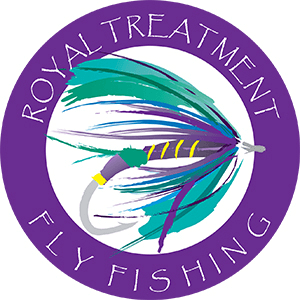Tips For A Successful Salmonfly Hatch
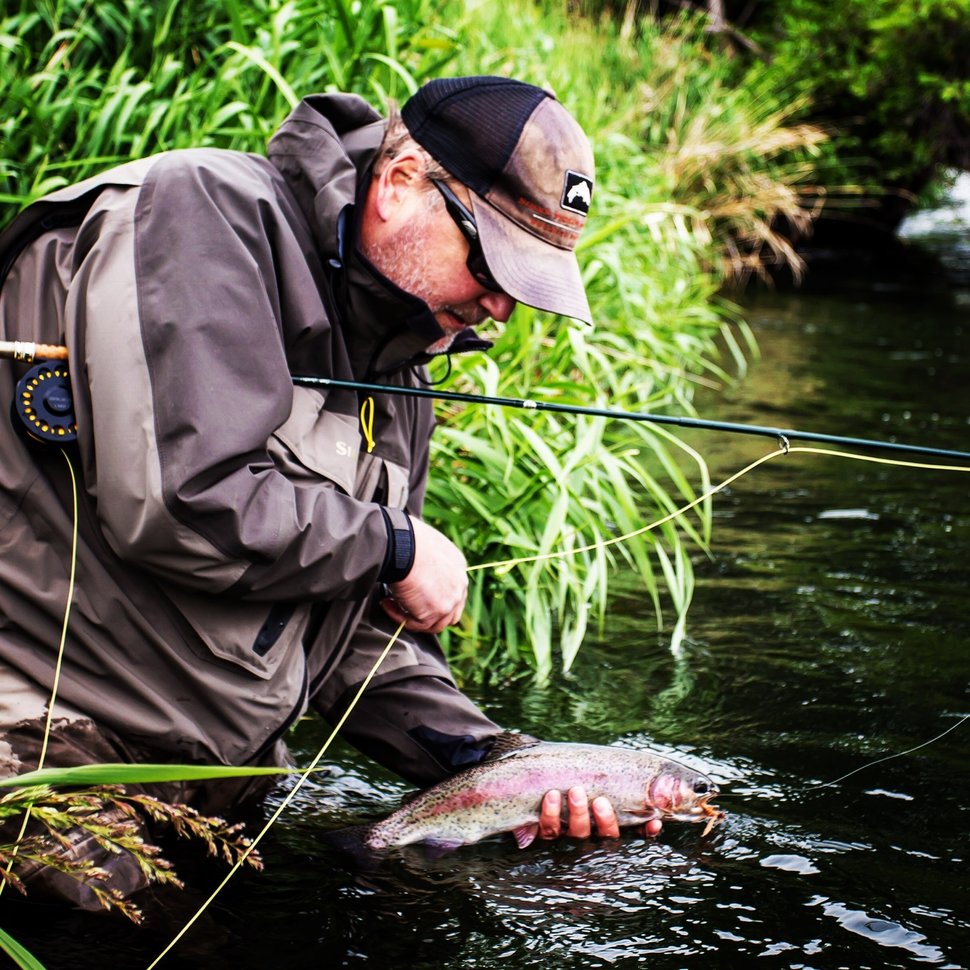
This is obviously a very exciting time of year. This is our first significant hatch, it's Spring, and everything is new and fresh. We are transitioning from winter Steelheading to Trout fishing, days are longer and warmer, and the fish are looking up! Many customers are coming in right now, stocking up on tippet and leader, flies and floatant, and everything else they will need for a successful Salmonfly hatch, like information and confidence. Because we are many people's source for information, we get many questions from both new and experienced fisherpeople. As we were sitting around the shop this afternoon between rushes, we were talking about the upcoming Salmonfly hatch. I asked Bryan and Randy what they thought some essential tips for a successful Salmonfly hatch were, and this is what they came up with.
1- Fish a stiff butted Leader, a leader with a stiff butt is going to help your fly to turn over with authority and land the fly where you want.
2- Fish steep banks with overhanging alders; this might not be a tip so much as someone's favorite type of water to fish.... But those steep banks with alders typically have fish hanging close to the bank and are ready to eat any bug that falls out of the trees or bushes.
3- Drowned is not always bad, late in the hatch a bug that is fished slightly beneath the surface can produce more strikes from wary fish. This is also a good technique for fishing back eddies, where dead bugs collect and swirl around for all eternity.
4- Flat, slow water fish more realistic patterns,/ Fast broken water more impressionistic; when choosing your fly, something that can support your fly in rough broken water like a Chubby Chernobyl will typically be a better choice, in the flat, slow water where they have time to look at it, a more realistic pattern is often better.
5- Ignore the obvious water that everybody fishes, fish where nobody fishes. The harder the water is to fish, the less pressure it will have; the fish will feel safer, and fewer people will have fished it.
6- Tippet, go lighter than what you would expect to use, fish that have been pressured key in on imperceptible drag, if they have come up and looked at your fly its probably not the fly that's the problem, your fly is probably dragging. One way to fix that is by sizing down on your tippet.
7- Cover water, just because the water looks good doesn’t mean fish are there, or that they want to eat, they may be heavily pressured there or freshly fished. The Salmonfly hatch is about running and gunning.
8- Undersize your fly a little bit; your fly will be easier to cast, the smaller hook will be easier to float, and you are now also imitating a golden or a Salmonfly. Your fly will be a little more ambiguous.
9- Fish the close water first, when we get to a spot we are very excited and ready to toss our Salmonfly where we think the bucket is, but we need to make sure we cover that close in water right next to the bank first. During this hatch, fish will be staged up inches from the bank, waiting for one of these giant morsels to fall in off of that blade of grass they are clinging to and become a tasty snack.
10- Stay off the REDDS, trout are typically spawning or have just finished spawning this time of year. You will see them on shallow gravel bars with fine gravel; this is where they spawn. We should do our best not to disturb this process by not walking across them and not targeting the fish on them. This is a stressful time of year for them, and they are more susceptible to stress and have a higher mortality rate.
I thought this was a pretty good list, both Bryan and Randy have a lot of years of fishing under their belt and they are both worth listening to. I wholly agree with their list, but me being me and all and I too have a list of my own.
1- One leader does not do it all; when fishing the Salmonfly hatch, I typically have a few different rods rigged up with different leaders for different situations. When guiding, I will have a rod with a 7.5' 3x leader rigged for fishing upstream under the trees. This leader turns over with authority and is easy to pitch up under the overhanging branches. and it is easy to bow and arrow cast this short leader when there isn't any casting area. I also fish a longer leader 9'-12' 3x for my open-water fishing, where the fly will actually be drifting out in the current. The further away I'm fishing and the longer the drift the longer the leader will be. Also, towards the end of the season, a longer leader will be better for wary fish.
I like to fish the RIO Powerflex Leader and Tippet
2- Learn to cast, not just an overhead cast, but you need to be able to do the steeple cast, roll cast, curve cast, bow and arrow, and backhand, to name a few. The more casts you can do, the more water you will be able to fish
3- There are more presentations than just the classic upriver dry fly, a lot of the fish I catch will be on a downstream feed where the fly is presented first and fished down under trees or overhanging bushes that I would never be able to cast under.
4- Dress your fly; most of the flies I fish will get some type of manicure and makeup put on them. most all of the flies I fish will undergo so kind of trim, typically I am trimming hackle from the underside of the body, but I could also be trimming the wing. Quite often, I will also use multiple kinds of floatants on one fly. If I'm fishing the MFFR or a Norm Wood Special, I will be putting a thick floatant like Loon Payette Paste in the wing to make it clump up and ride low, and then I will dress the rest of the fly with Loon Lochsa or something similar.
5- Fish are where you find them, in the beginning of the hatch, fish will be staged close to the bank waiting for the big bugs to fall in of the vegetation close to the water. As the Salmonfly hatch progresses and the big bugs start to fly and lay eggs, fish will stage up in the middle of the river. So finding seams or big flats away from the bank can be very productive.
6- Have a diverse selection of flies; having a large selection of flies will give you better odds of not fishing the same fly that everyone else is. Plus, you’ll have flies that fish well in different types of water, more buggy realistic flies in flat water, and more foamy floaty flies for rougher water.
Salmonfly Selection
7- Have lots of flies; having a lot of flies will definitely give you an advantage, you won’t have to worry about losing your last one or that you’re getting low. Secondly, if you have a lot of flies you won’t worry about casting them into difficult situations, like under trees or next to the bank. If you get caught in a bush or on a branch, you can pull on it till it either breaks off or comes free. If it breaks off you tie on another one and keep fishing to the fish that was eating big bugs. If you are limited with flies, you walk up, scare the fish, and get your fly back. Flies are a disposable commodity, have enough that you won’t run out. I can’t tell you an exact number, but take like 30 for a day's fishing.
8- During the hatch, like when it’s really going on, don’t bother with a dry dropper rig. When you are fishing under the trees or around bushes, the dropper will get caught and cause more problems than you need.
9- Just because you don’t see fish rising doesn’t mean they aren’t willing to eat a dry. So many times, people tell me that they never saw a fish come up, so they never switched to the big bug. When it’s time, blind faith will serve you better than having the acceptance of seeing them eat. Just fish every piece of water as if they were coming up everywhere.l
10- Commit; you don’t catch them on dries if you’re not fishing dries. Starting around the 10th I’ll only rig up Dry Fly rods, I’m fully committed and you should be too.
Hopefully these tips will give you some insight and help you to be more successful this year. And actually I have one more tip they may be the most important one of all.
Get out and go!
 |
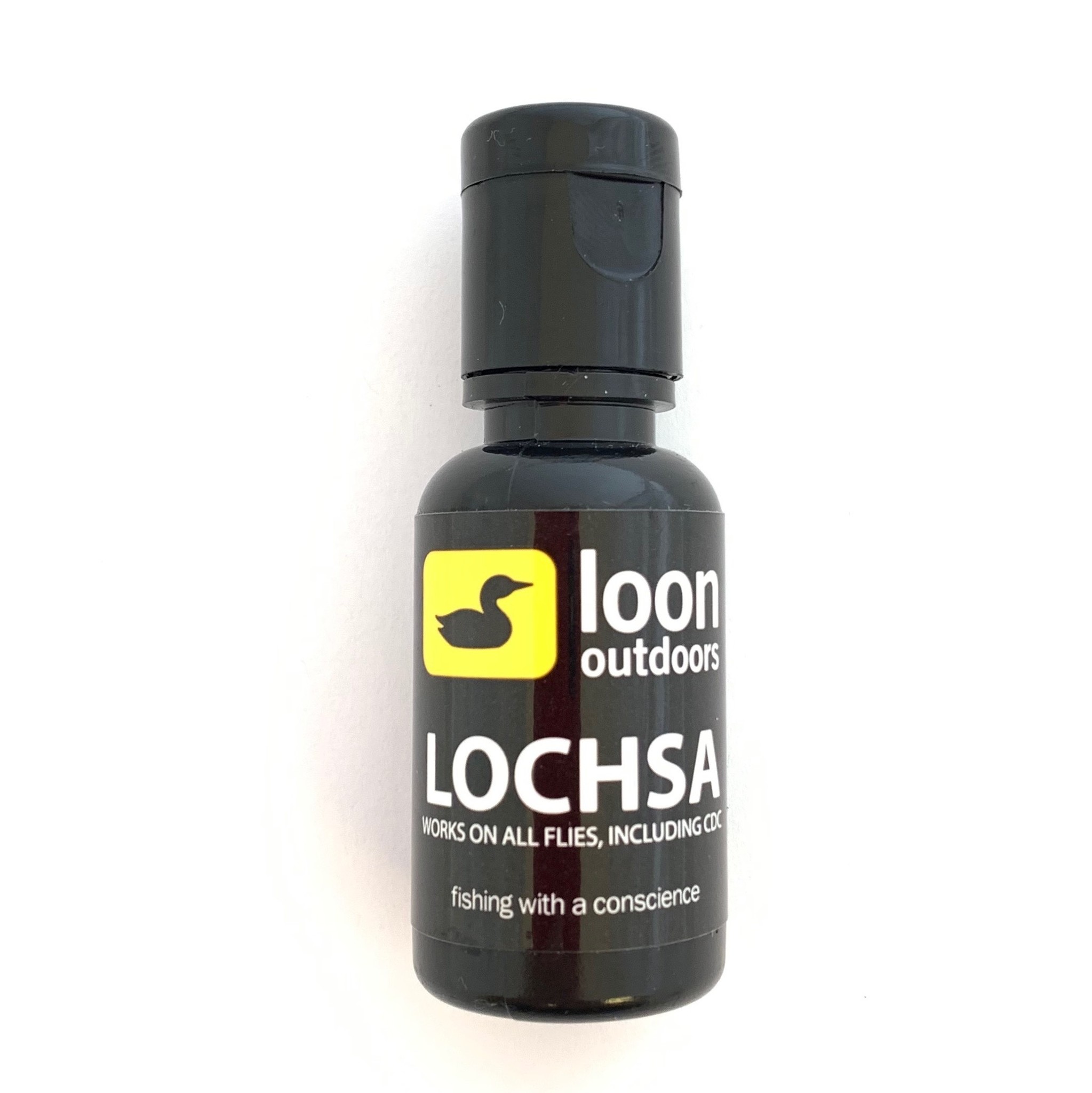 |
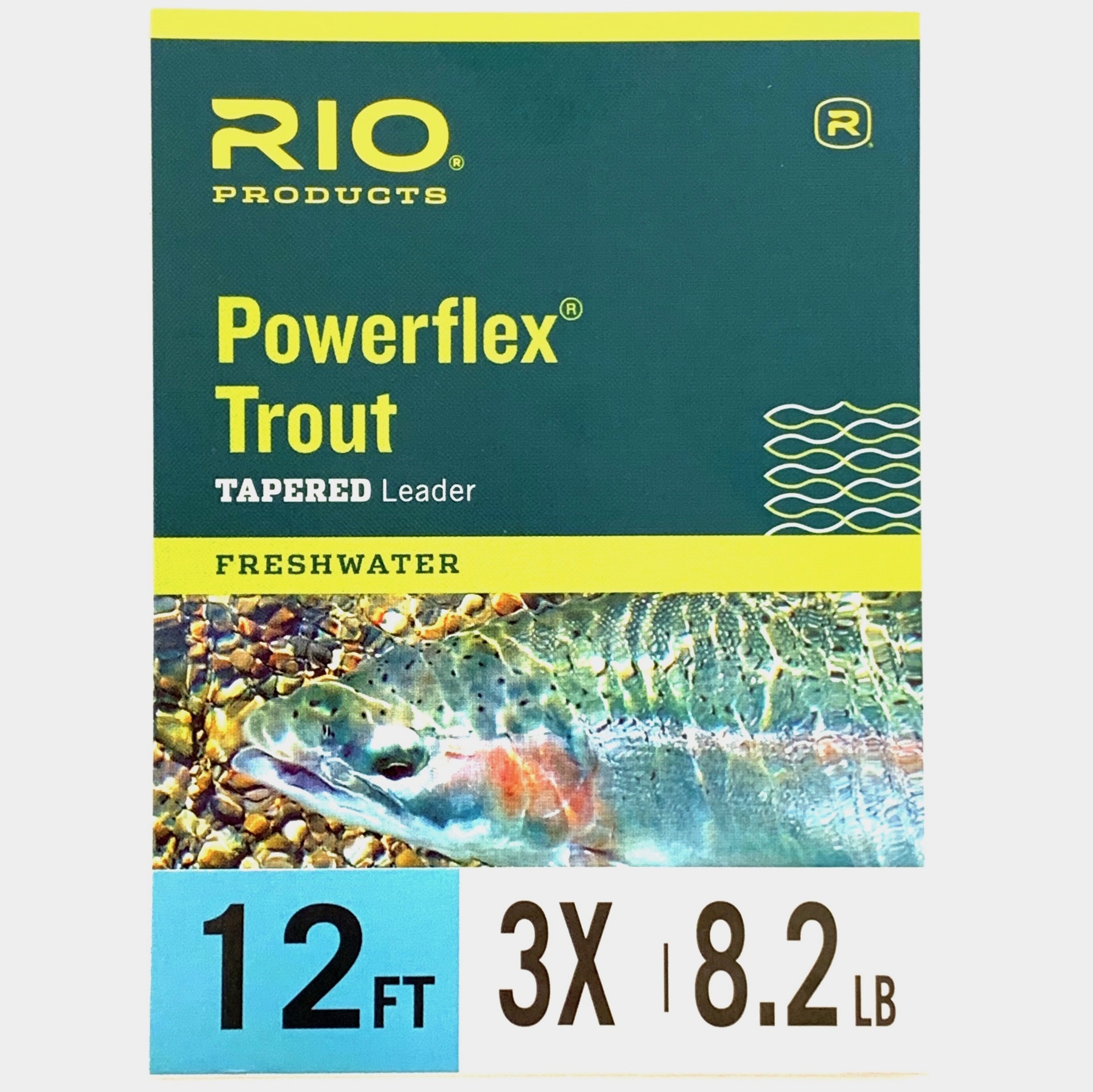 |
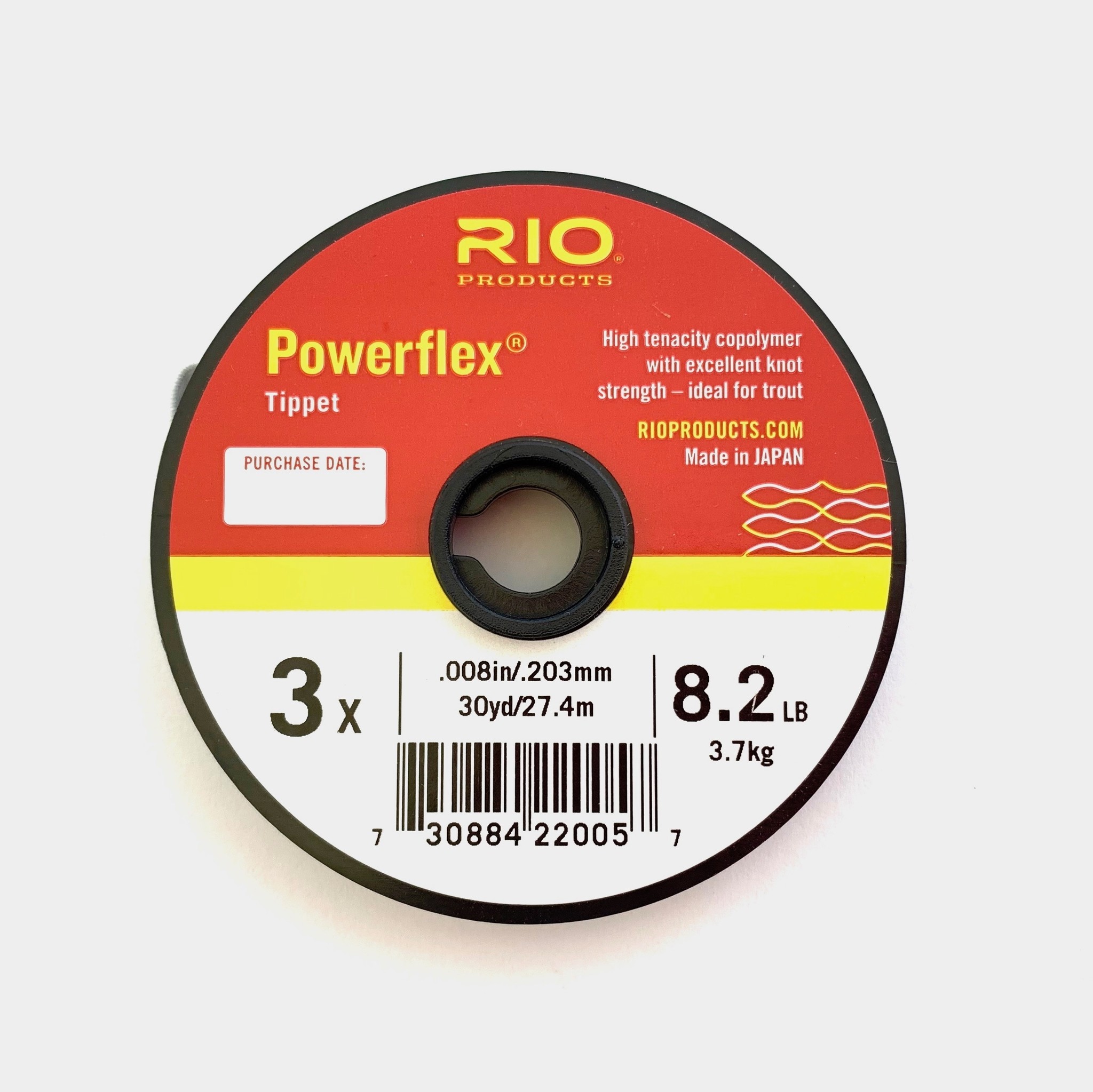 |
| Payette Paste | Lochsa Floatant | RIO Leader | RIO Powerflex 3x Tippet |
